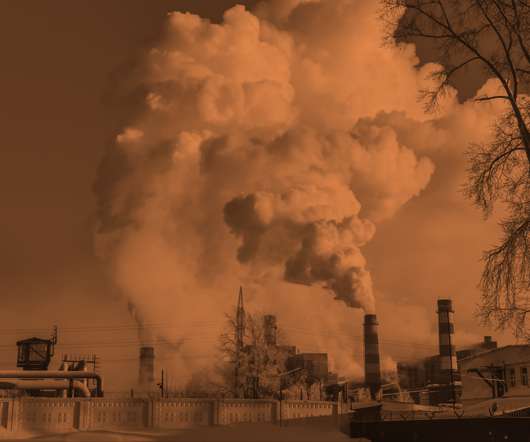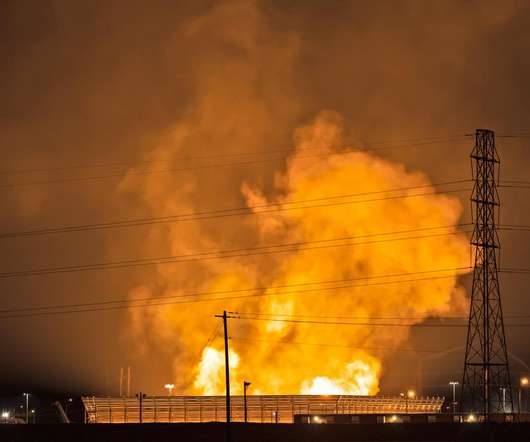Fenceline Community Groups in Louisiana’s Cancer Alley Celebrate Mounting Victories
DeSmogBlog
NOVEMBER 23, 2022
James’ march was set to take place, Lavigne learned that the town required her organization to post a $10,000 bond to obtain a permit for the march, money the group didn’t have access to on short notice. Every stage of natural gas production and distribution releases methane pollution, a powerful greenhouse gas.
















Let's personalize your content